Richard Benjamins
Word Sense Disambiguation in Native Spanish: A Comprehensive Lexical Evaluation Resource
Sep 30, 2024
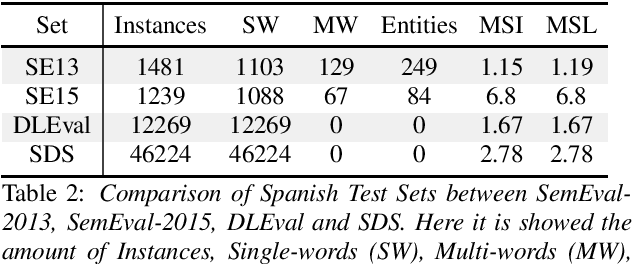
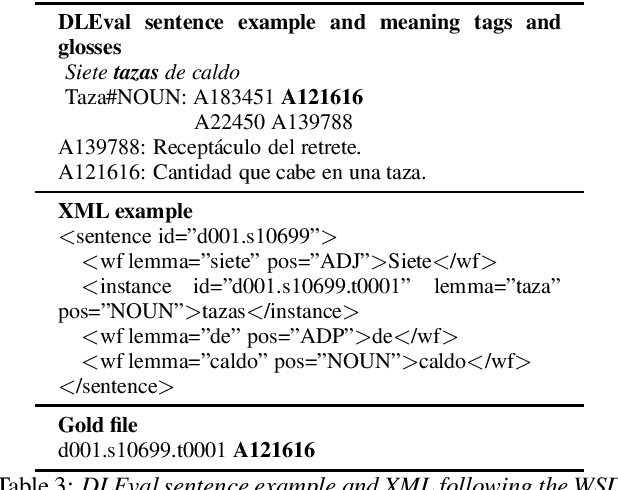
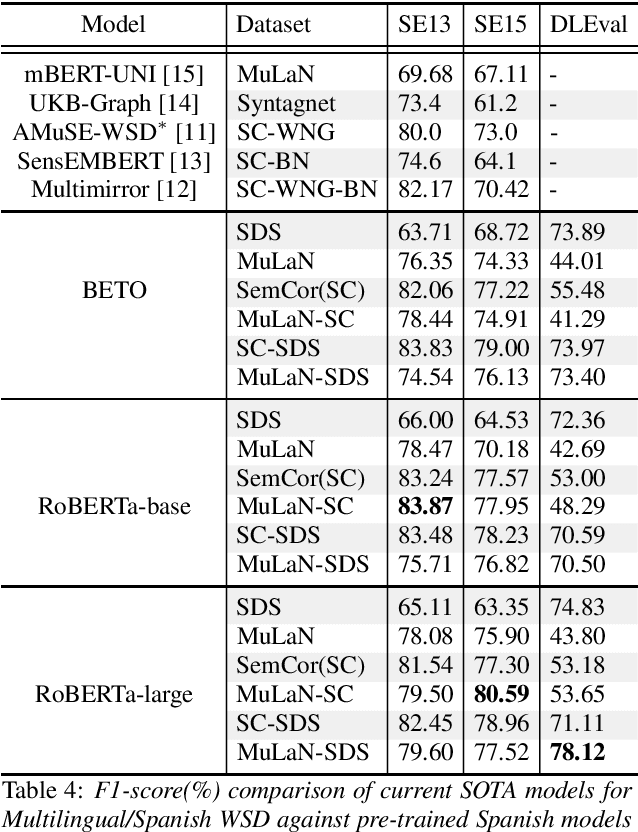
Abstract:Human language, while aimed at conveying meaning, inherently carries ambiguity. It poses challenges for speech and language processing, but also serves crucial communicative functions. Efficiently solve ambiguity is both a desired and a necessary characteristic. The lexical meaning of a word in context can be determined automatically by Word Sense Disambiguation (WSD) algorithms that rely on external knowledge often limited and biased toward English. When adapting content to other languages, automated translations are frequently inaccurate and a high degree of expert human validation is necessary to ensure both accuracy and understanding. The current study addresses previous limitations by introducing a new resource for Spanish WSD. It includes a sense inventory and a lexical dataset sourced from the Diccionario de la Lengua Espa\~nola which is maintained by the Real Academia Espa\~nola. We also review current resources for Spanish and report metrics on them by a state-of-the-art system.
Explainable Artificial Intelligence (XAI): Concepts, Taxonomies, Opportunities and Challenges toward Responsible AI
Oct 22, 2019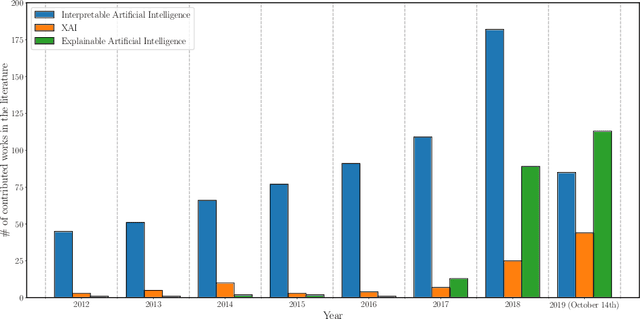
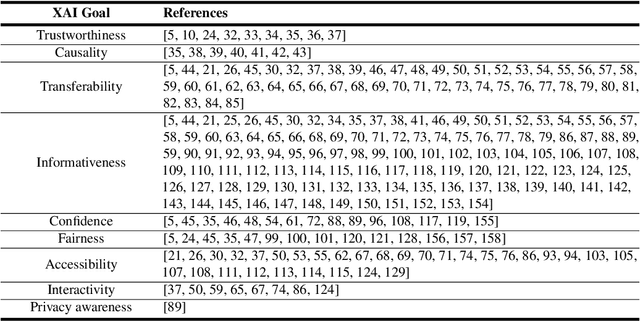
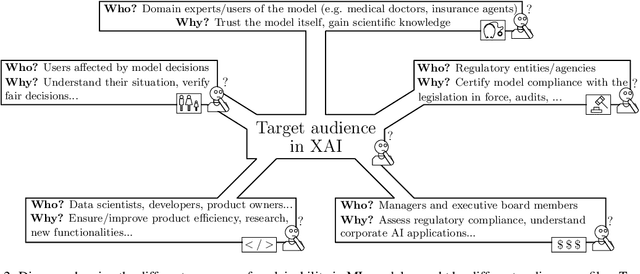

Abstract:In the last years, Artificial Intelligence (AI) has achieved a notable momentum that may deliver the best of expectations over many application sectors across the field. For this to occur, the entire community stands in front of the barrier of explainability, an inherent problem of AI techniques brought by sub-symbolism (e.g. ensembles or Deep Neural Networks) that were not present in the last hype of AI. Paradigms underlying this problem fall within the so-called eXplainable AI (XAI) field, which is acknowledged as a crucial feature for the practical deployment of AI models. This overview examines the existing literature in the field of XAI, including a prospect toward what is yet to be reached. We summarize previous efforts to define explainability in Machine Learning, establishing a novel definition that covers prior conceptual propositions with a major focus on the audience for which explainability is sought. We then propose and discuss about a taxonomy of recent contributions related to the explainability of different Machine Learning models, including those aimed at Deep Learning methods for which a second taxonomy is built. This literature analysis serves as the background for a series of challenges faced by XAI, such as the crossroads between data fusion and explainability. Our prospects lead toward the concept of Responsible Artificial Intelligence, namely, a methodology for the large-scale implementation of AI methods in real organizations with fairness, model explainability and accountability at its core. Our ultimate goal is to provide newcomers to XAI with a reference material in order to stimulate future research advances, but also to encourage experts and professionals from other disciplines to embrace the benefits of AI in their activity sectors, without any prior bias for its lack of interpretability.
 Add to Chrome
Add to Chrome Add to Firefox
Add to Firefox Add to Edge
Add to Edge